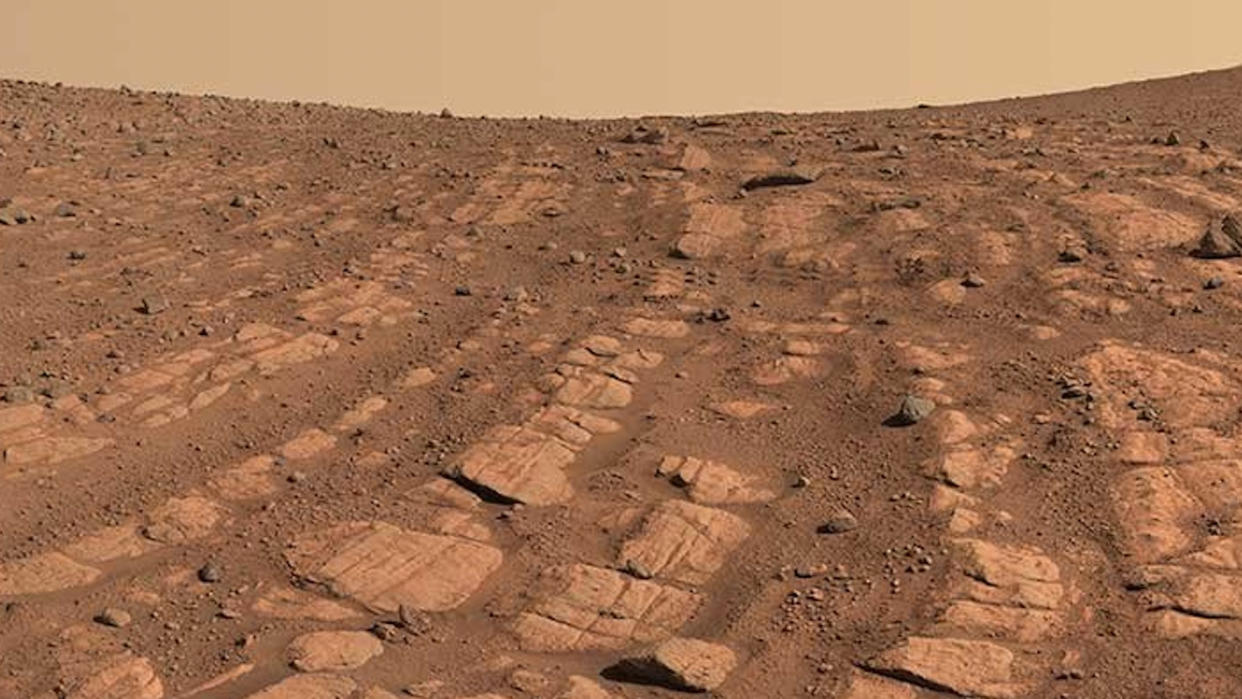How climate change alters rivers on both Earth and Mars

Rivers on Earth can be divided into two categories: Those that keep their general shape, and those that change as they wind through terrain. So too, according to one study, can rivers on Mars.
This study foremost helps researchers understand how the changing climate is bound to affect rivers on Earth. But Chenliang Wu, an environmental scientist in Tulane University and one of the study authors, also believes these findings open the door for studying the ancient Martian climate.
For instance, it could help answer questions such as whether environmental conditions on Mars were once suitable for life.
In the study, Wu and fellow researchers examined a property called sinuosity. The lower a river's sinuosity, the more it resembles a straight line; the higher a river's sinuosity, the more it bends and twists. In particular, the team wanted to learn how river sinuosities change in response to environmental pressures.
Related: Climate change may be changing the color of Earth's oceans
RELATED STORIES:
— Greenland ice sheets are weaker to climate change than we thought
— Mars' water may have come from ancient asteroid impacts
— Europe will issue new ExoMars lander contract in a few months for beleaguered Mars rover (exclusive)
The researchers delved through a trove of data for 21 Earth rivers. This included historical data from as early as the fifth century combined with modern imagery dating back to 1939. Of course, few data points were available from Mars, so the researchers retraced the course of six Martian riverbeds: Preserved relics of ancient Martian running water.
Previously, scientists thought a river's sinuosity decreased as it flowed downstream — but the authors' results disagreed.
On both Earth and Mars, they found each studied river fit into one of two patterns. One group of rivers kept relatively steady sinuosity, while the other group actually saw increased sinuosities as they meandered toward the ocean.
On Earth, this knowledge could help understand how rivers behave, helping humans plan for future infrastructure projects — and future natural disasters. And on Mars, it could help planetary scientists paint a picture of what the planet looked like during an era before human existence.
The research was published in the journal Nature Geosciences on August 3.

